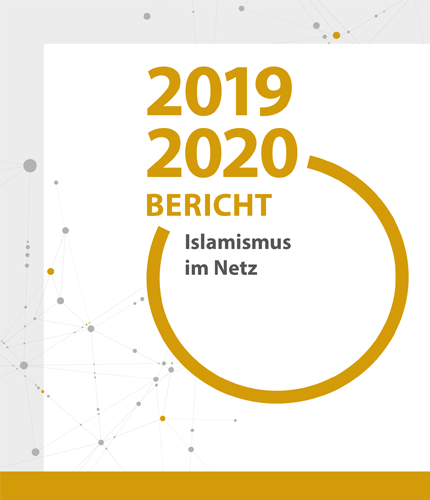Report "Islamism on the Net 2019/20" published by jugendschutz.net
Following the demise of the so-called "Islamic State" in Syria and Iraq, violent jihadist propaganda is now rarely found in youth-oriented services. One reason for this was and is a joint international approach by various authorities. However, the increased deletion of content and accounts by social media operators also plays an important role. This also applies to the messenger service Telegram, which until then had served as the most important distribution channel for IS propaganda. War-glorifying videos and calls to terror have by no means disappeared; they circulate in smaller new services, among others. Nevertheless, the case of IS propaganda shows that consistent, effective action against extremist actors and their messages on the Internet is possible.
The amount and variety of Islamist online propaganda that children and young people can come into contact with remains large. This also includes attempts to subtly ideologize. Islamist actors do this, among other things, by linking their values, norms, and worldviews to offers of solutions to problems that concern young people in particular.
In the reporting period January - December 2019, jugendschutz.net registered 891 violations and initiated a total of 1,649 measures. Most of the violations involved the use of signs of unconstitutional organizations. Almost all registered cases (over 90%) were found on social media services. In 85% of cases, deletion or blocking was achieved by notifying the provider.
Further information:

